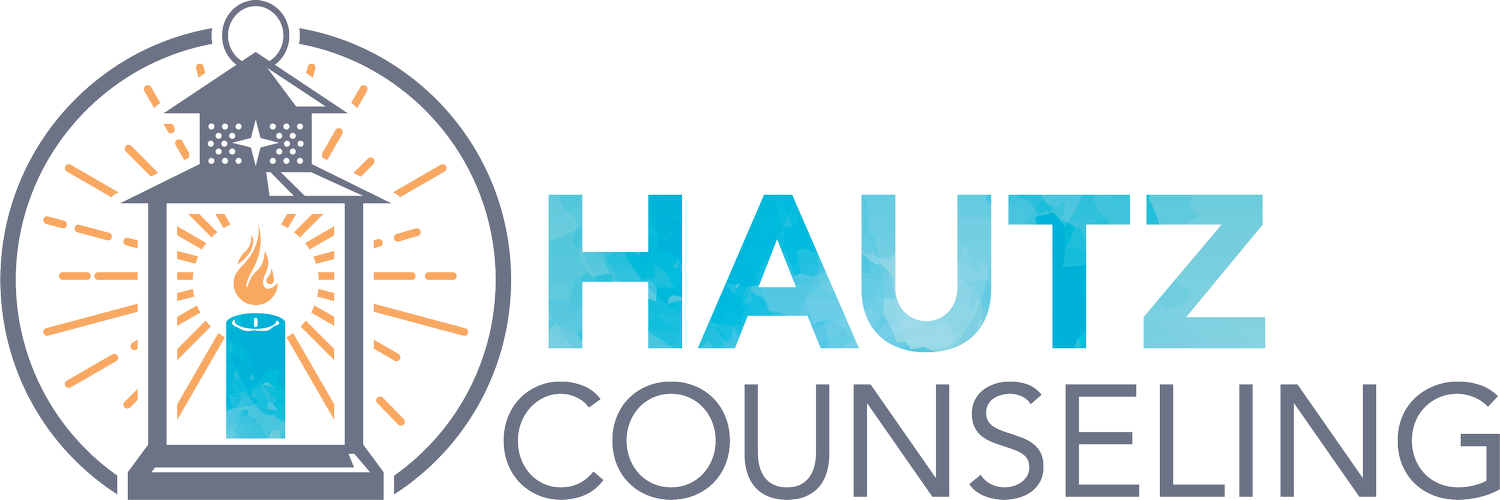Understanding the Ace Spectrum with Mental Health Support
Brittany Hautz, Licensed Professional Counselor
Queer Trauma Therapist in Pennsylvania
What is Asexuality?
Asexuality is defined as little to no sexual attraction to others. However, this does not imply that asexual individuals are uninterested in sexual activity. Instead, it means that they do not experience sexual attraction in the same way that allosexual (those who do experience sexual attraction) individuals do. Asexuality is a valid sexual orientation, just like heterosexuality, homosexuality, and bisexuality.
The Ace Spectrum
The ace spectrum includes a variety of identities, reflecting the complexity of human attraction. Here are a few basic terms to get started:
Asexual: Individuals who experience little to no sexual attraction.
Graysexual: Those who occasionally experience sexual attraction under specific circumstances.
Demisexual: Individuals who only feel sexual attraction after forming a strong emotional bond.
Allosexual: A term for those who experience sexual attraction.
Aromantic: People who experience little to no romantic attraction, which can overlap with asexuality.
The Importance of Community
For many in the LGBTQIA+ community is vital, and that includes people on the ace spectrum. Online platforms and social media have fostered connections among asexual individuals, providing spaces for sharing experiences and finding support. Visibility is crucial; when asexuality is represented in media and public discourse, it helps challenge misconceptions and promote understanding.
Resources for Exploring Identities
As a mental health therapist, I wanted to share a few tools that have been helpful when working with folx as they explore identities.
1. The Kinsey Scale
The Kinsey Scale is a linear scale that ranges from 0 (exclusively heterosexual) to 6 (exclusively homosexual), with various degrees of bisexuality in between. It highlights that sexual orientation is not binary, allowing for a more nuanced understanding of attraction, including asexuality.
2. The Klein Sexual Orientation Grid
The Klein Grid expands on the Kinsey Scale by considering different dimensions of sexuality, such as attraction, behavior, and identity over time; multiple linear scales. This tool can help individuals reflect on their experiences and understand the fluidity and complexity of sexual orientation.
3. The Gender and Sexual Orientation Galaxies
My favorite visual aid yet! These educational frameworks configure the complexity of gender and sexual identities as galaxies, illustrating that there are many diverse paths and intersections within these identities. They emphasize that people can belong to multiple identities and that these identities can evolve over time.
The Future of Asexual Visibility
As societal understanding of asexuality evolves, the importance of education and representation becomes increasingly clear. Media representation has improved, with shows featuring asexual characters that normalize the conversation around asexuality. Advocacy groups play a crucial role in promoting awareness and fighting for representation. Check out The Ace and Aro Advocacy Project!
Looking for support?
The ace spectrum is a vital component of human sexuality that deserves recognition and respect. Working with a queer-affirming and/or queer-identifying therapist can be incredibly beneficial, offering support and guidance in navigating experiences related to identity and relationships. These professionals can provide an open and expansive space for exploration and self-advocacy.
If you’re in Pennsylvania and seeking counseling, consider working with me! I am a Certified Brainspotting therapist who can guide you through this transformative process with somatic specialty services. Explore my website to learn more here!

